Shopping Style
Sherpa Lined Jean Jackets
Are you looking for the perfect combination of style and warmth? Look no further than the sherpa lined jean jacket. This classic outerwear piece has been a staple in fashion for decades, and for good reason. It not only adds an edgy touch to any outfit, but also provides insulation during cooler months.
In this guide, we’ll explore everything you need to know about sherpa lined jean jackets, from their origins to how to style them. We’ll also cover alternative options and provide step-by-step instructions on how to make your own sherpa lined jean jacket. So buckle up and get ready to elevate your wardrobe with this versatile piece!
Who Invented the Sherpa Lined Jean Jacket?
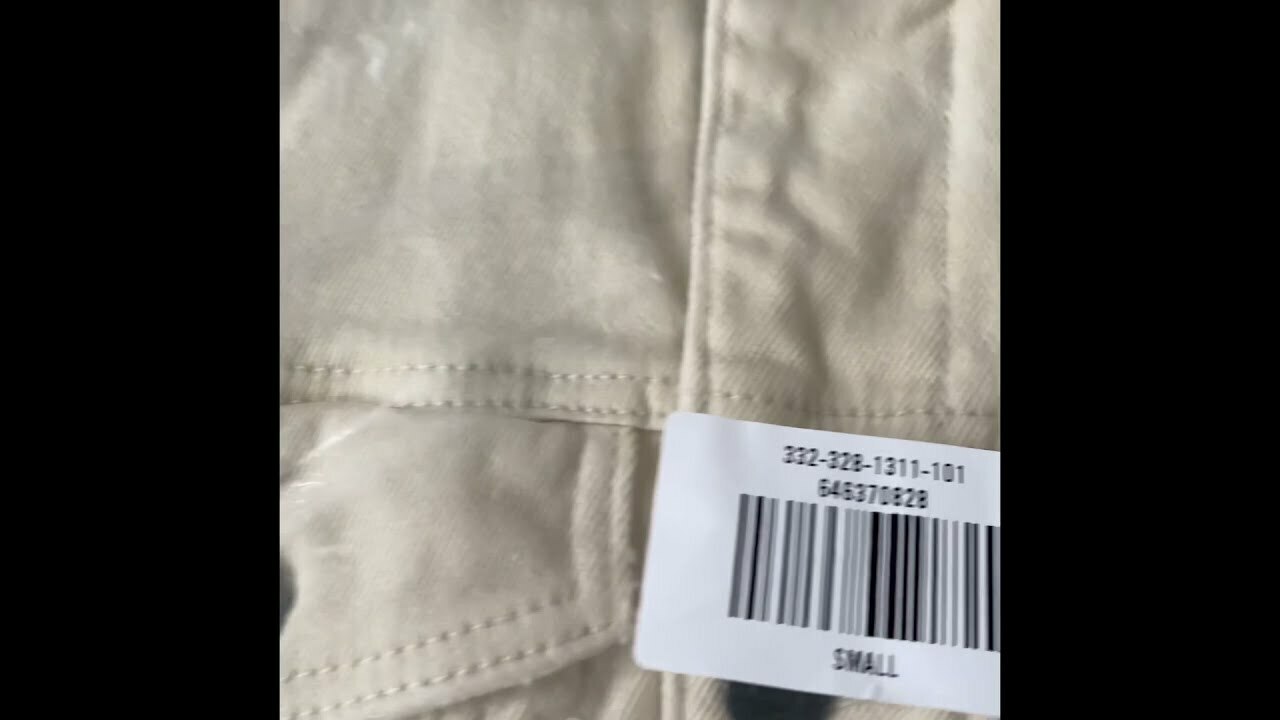
The iconic denim jacket has been around since the late 1800s, originally worn as a workwear item for miners and railroad workers. However, it wasn’t until the 1970s that the addition of a soft, fuzzy lining made its debut. The credit for this invention goes to Levi Strauss & Co., who patented the idea of a “sherpa-lined” jacket.
The term “sherpa” is derived from the Sherpa people of Nepal, known for their mountaineering skills and warm clothing made from sheep’s wool. The use of this fabric in jean jackets revolutionized the industry and soon became a popular choice among outdoor enthusiasts and fashionistas alike.
How is a Sherpa Lined Jean Jacket Made?
A sherpa lined jean jacket is typically made from a durable denim fabric on the outside and a cozy faux fur material on the inside. The two materials are stitched together to create a warm and stylish jacket suitable for colder temperatures.
The faux fur lining is usually made from polyester or acrylic fibers, mimicking the look and feel of traditional sherpa wool. The layer of fur adds an extra level of insulation and comfort, making it a popular choice for fall and winter wear.
Pros and Cons of Sherpa Lined Jean Jackets
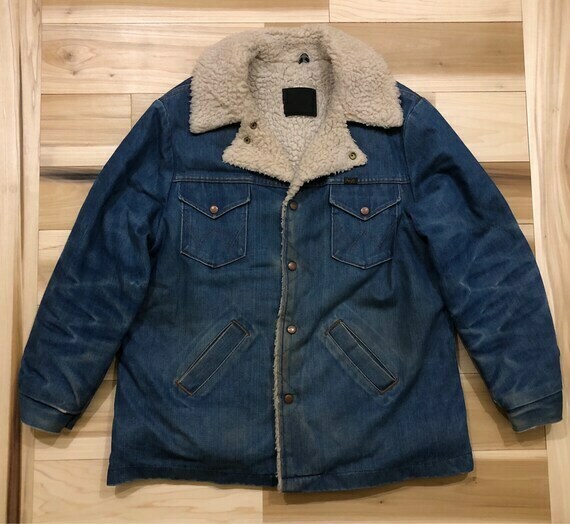
Like any other piece of clothing, sherpa lined jean jackets have their own set of pros and cons. Let’s take a closer look at these factors to help you decide if this is the right jacket for you.
Pros:
- Versatility: A sherpa lined jean jacket can be dressed up or down to suit different occasions. You can pair it with a casual t-shirt and jeans for a laid-back look, or dress it up with a dress and boots for a more elevated outfit.
- Warmth: The faux fur lining in sherpa lined jean jackets provides excellent insulation, making it a great choice for cooler temperatures.
- Durability: The combination of denim and faux fur makes for a sturdy and long-lasting jacket that can withstand wear and tear.
- Timeless Style: Sherpa lined jean jackets have been around for decades and continue to be a fashion staple, making them a timeless piece to add to your wardrobe.
Cons:
- Size and Fit: Sherpa lined jean jackets can be bulkier than regular denim jackets, so finding the right size and fit can be challenging. It’s essential to try on different sizes and styles to find the perfect match for your body type.
- Maintenance: Faux fur requires careful maintenance to keep it looking its best. It’s recommended to hand wash or dry clean your sherpa lined jean jacket to prevent the fabric from matting or shedding.
- Limited Color Options: While denim comes in various colors, sherpa lined jackets are usually only available in shades of blue or black. This may limit your options if you’re looking for a specific color.
Alternatives to Sherpa Lined Jean Jackets
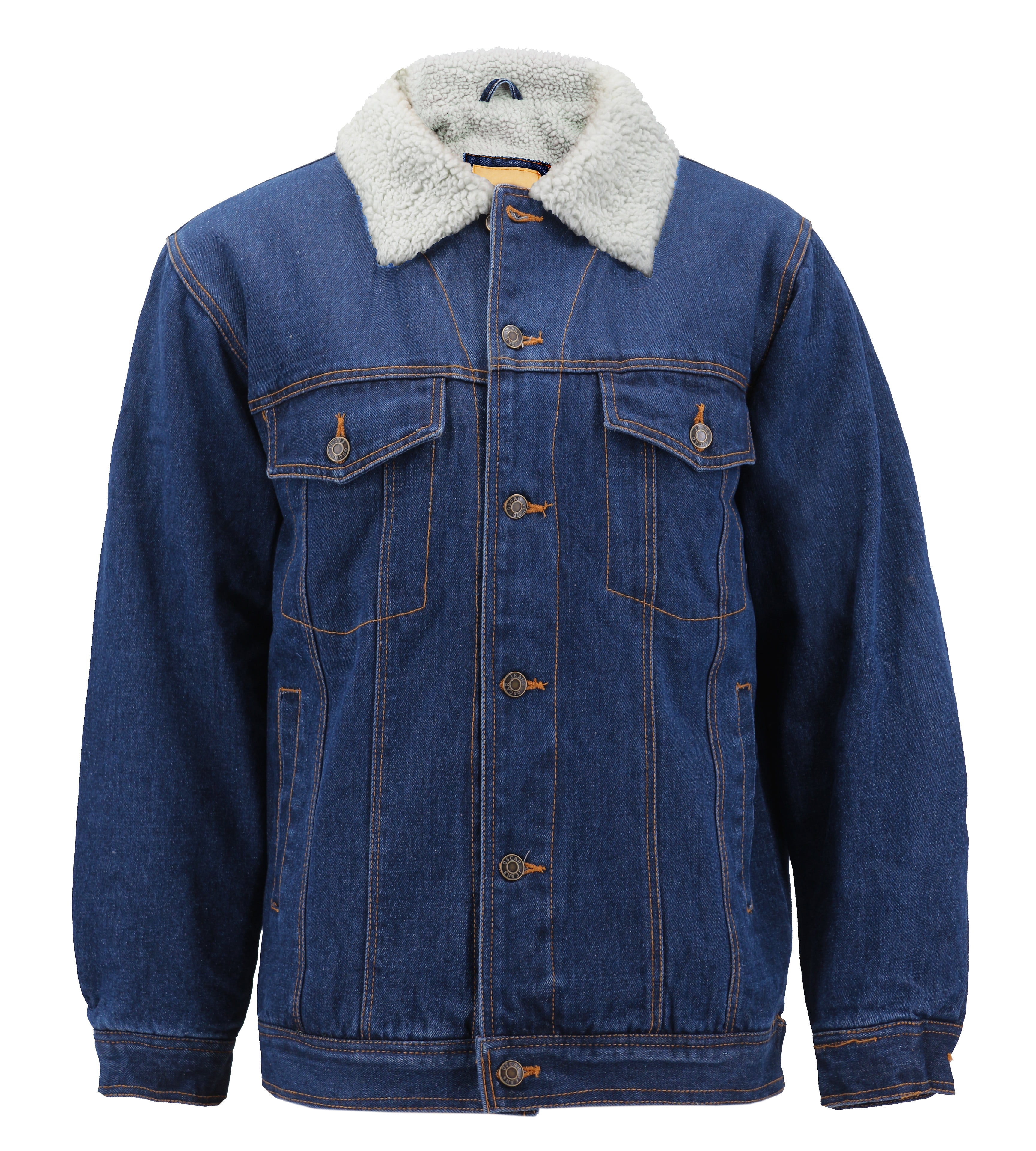
If a sherpa lined jean jacket isn’t your style or doesn’t fit your budget, there are plenty of alternative options to consider. Here are a few alternatives to help you achieve the same look and functionality:
- Fleece Lined Jackets: Similar to sherpa, fleece is another warm and soft fabric that can be used as lining in jackets. It’s usually made from synthetic materials and provides excellent insulation.
- Puffer Jackets: For those looking for maximum warmth, puffer jackets are an ideal choice. These jackets have a quilted design and are filled with down or synthetic fibers for added insulation.
- Hooded Jackets: If you love the casual and relaxed look of a sherpa lined jean jacket but want something warmer, consider a hooded jacket. The addition of a hood provides extra protection from wind and rain while keeping you cozy.
How to Make Your Own Sherpa Lined Jean Jacket
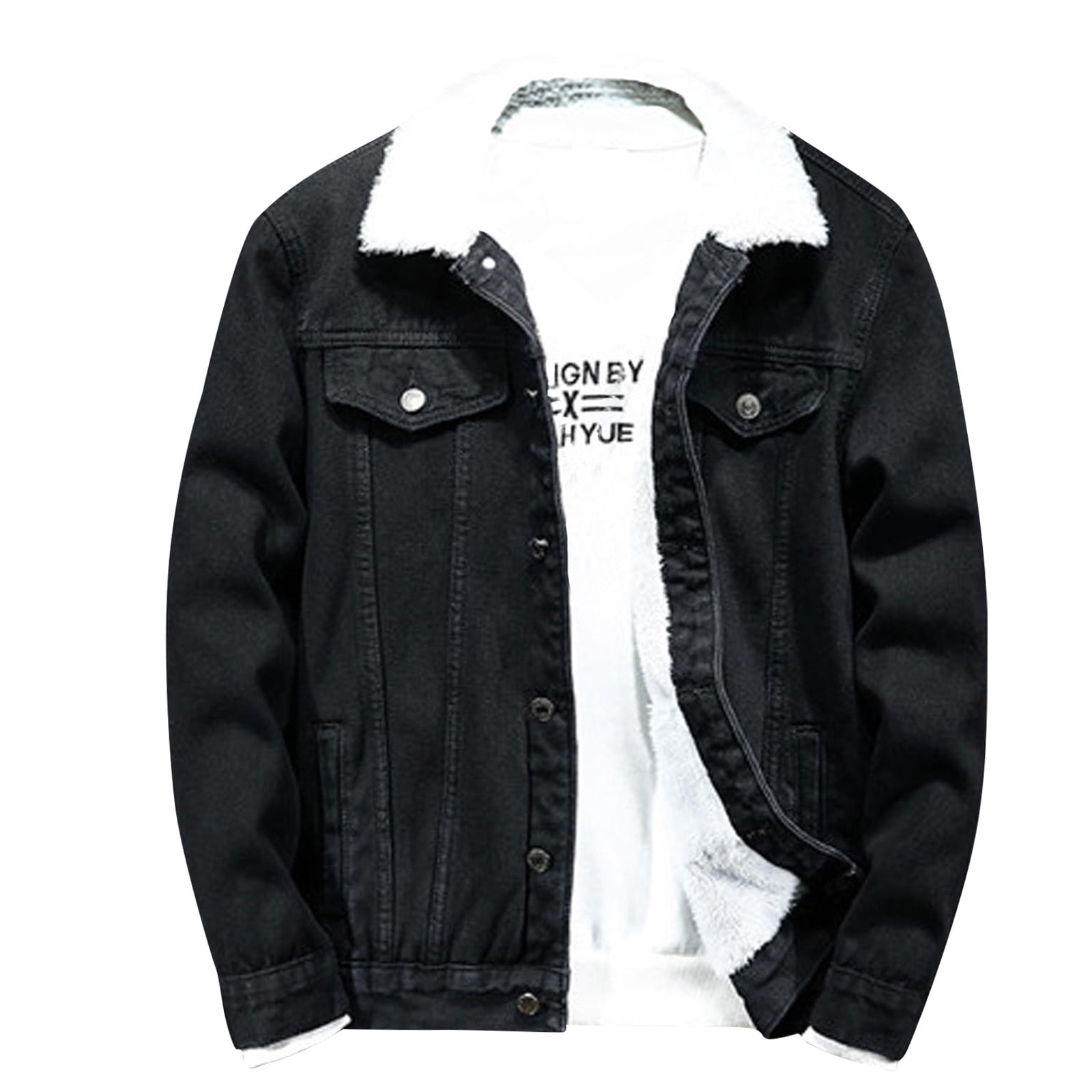
If you’re feeling crafty and want to make your own sherpa lined jean jacket, here’s a step-by-step guide to get you started:
You’ll Need:
- A denim jacket
- Faux fur fabric
- Sewing machine
- Scissors
- Pins
- Thread
- Measuring tape
Instructions:
- Begin by measuring the inside of your jacket to determine the dimensions of the faux fur fabric you’ll need. Leave a few inches of extra fabric on each side for seam allowance.
- Cut the faux fur fabric according to your measurements, making sure to leave enough room for the collar, cuffs, and hemline.
- Lay the jacket flat and place the cut faux fur fabric on top, with the right sides facing each other.
- Pin the edges of the fabric together, leaving a small opening at the bottom for turning the fabric right side out.
- Using a sewing machine, stitch the fabric along the pinned edges. Remember to leave the bottom open.
- Turn the fabric right side out through the opening and push out the corners for a neater finish.
- Fold the edges of the opening inwards and stitch them together to close the gap.
- Attach the faux fur fabric to the jacket by sewing around the collar, cuffs, and hemline.
- Trim any excess threads, and your custom sherpa lined jean jacket is ready to wear!
Tips for Styling Sherpa Lined Jean Jackets
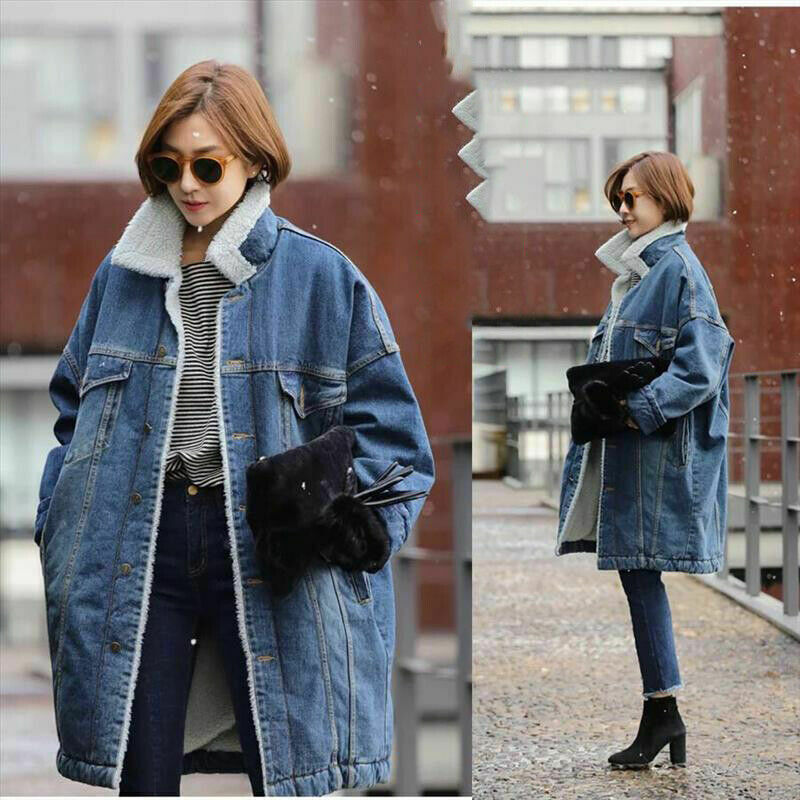
- Balance the bulkiness of the jacket with form-fitting bottoms, such as skinny jeans or leggings.
- For a chic and casual look, pair a sherpa lined jean jacket with a flowy dress or skirt.
- Roll up the sleeves of your jacket for a more relaxed and effortless vibe.
- Accessorize with a scarf or beanie to add a cozy touch to your outfit.
- Don’t be afraid to experiment with different colors and prints to make a statement.
FAQs about Sherpa Lined Jean Jackets
What temperature is suitable for wearing a sherpa lined jean jacket?
Sherpa lined jean jackets are best suited for temperatures between 30-50°F. They provide enough insulation to keep you warm without being too heavy for mild winter days.
How do I clean my sherpa lined jean jacket?
It’s recommended to hand wash or dry clean your sherpa lined jean jacket to avoid damaging the faux fur lining. If machine washing is necessary, use a gentle cycle and cold water.
Can I wear a sherpa lined jean jacket in the rain?
While the denim exterior may repel some water, the faux fur lining can become damaged if exposed to rain. It’s best to avoid wearing this jacket in wet conditions.
Are there different styles of sherpa lined jean jackets available?
Yes, you can find a variety of styles, including cropped, oversized, and distressed sherpa lined jean jackets.
Can men wear sherpa lined jean jackets?
Absolutely! Sherpa lined jean jackets are a unisex item and can be styled in various ways to suit different preferences.
In Conclusion
A sherpa lined jean jacket is a timeless piece of outerwear that provides both style and warmth. Whether you purchase one from a store or make your own, this versatile jacket is a must-have in any wardrobe. With the tips and information provided in this guide, you can confidently rock your sherpa lined jean jacket and stay cozy all season long.
